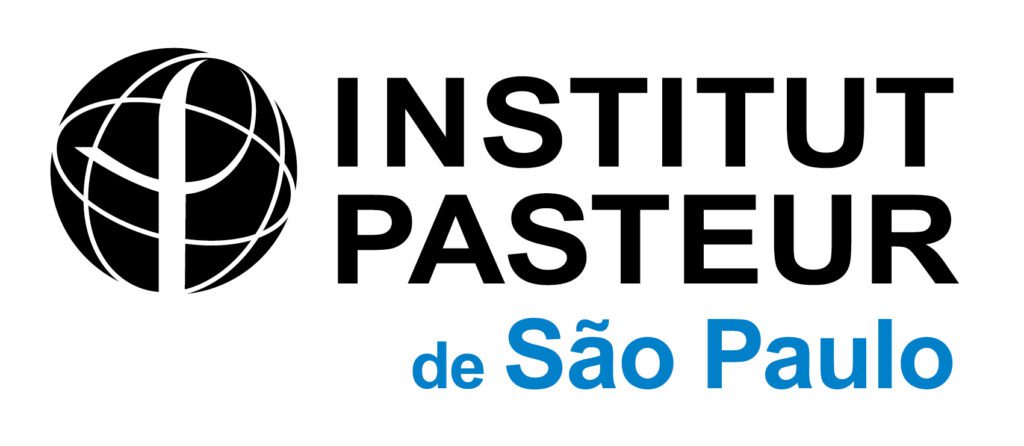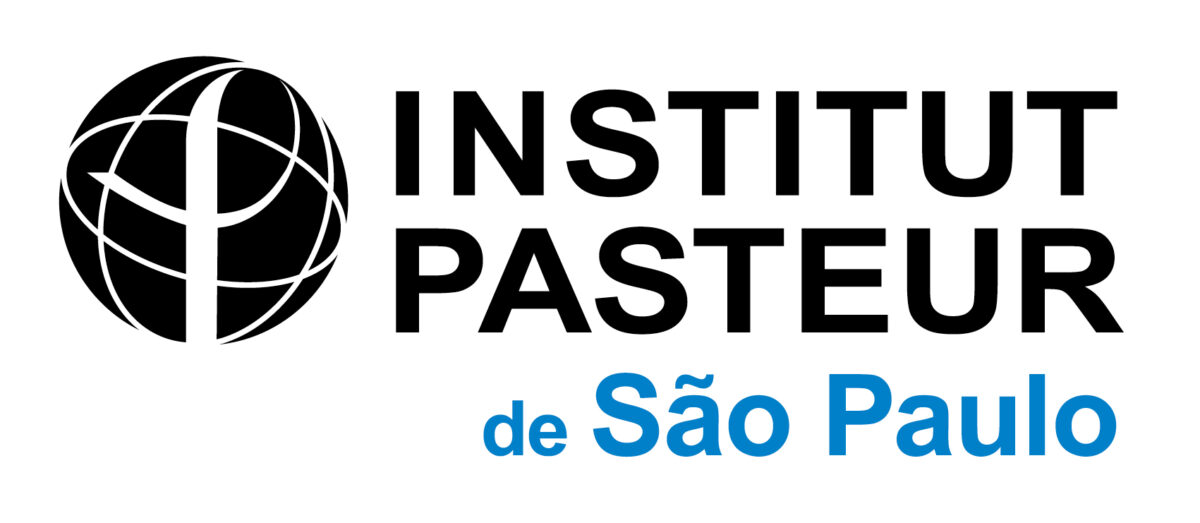Biosafety Law No. 11,105 of March 24th, 2005 and Decree No. 6,925 of August 6, 2009
Article I. This Law establishes safety standards and inspection mechanisms for the construction, cultivation, production, manipulation, transportation, transfer, import, export, storage, research, commercialization, consumption, release into the environment and disposal of genetically modified organisms (GMOs) and their derivatives, aiming to encourage scientific advancement in the area of biosafety and biotechnology, the protection of human, animal and plant life and health, and the observance of the precautionary principle for environmental protection .
National Biosafety Technical Committee – CTNBIO
Declaration of Purposes
Article I. The National Biosafety Technical Commission (CTNBio), part of the Ministry of Science, Technology and Innovation, is a consultative and deliberative multidisciplinary collegiate body, aiming to provide technical and advisory support to the Federal Government in the formulation, updating and implementation of the National Biosafety Policy (NBP) for Genetically Modified Organisms (GMOs) and their derivatives, as well as establishing technical safety standards and technical assessments regarding the authorization of activities involving research and commercial use of GMOs and their derivatives, based on the assessment of their risk to zoo and phytosanitary safety, human health and the environment, having as a guideline the promotion of scientific advancement in the area of biosafety and biotechnology, the protection of human, animal and plant life and health and the observance of the precautionary principle for the protection of the environment. Access CTNBio rules and laws here.
Health Biosafety Committee (HBC)
Article I. This Ordinance provides for the re-creation of the Health Biosafety Commission, within the scope of the Ministry of Health.
I – Participate, at national and international levels, in the preparation and reformulation of biosafety standards and submit proposals to the authorities in charge of enacting them.
Risk Classification
Among the responsibilities of the Health Biosafety Committee (HBC) of the Ministry of Health is the development and updating of the classification of biological agents with potential risk to human health. The Intraministerial Committee was established by Ordinance GM/MS No 1,683/2003 and is coordinated by the Secretariat of Science, Technology and Strategic Inputs (SCTIE) and integrated by: Secretariat of Health Surveillance (SVS), Secretariat of Healthcare (SAS), International Health Affairs office (AISA), Oswaldo Cruz Foundation (Fiocruz), National Health Foundation (Funasa) and Brazilian Health Regulatory Agency (Anvisa). Ordinance GM/MS No. 1,608, of July 5, 2007, delegated to HBC the responsibility of designating, establishing, and coordinating the Committee of Experts to review and update the Risk Classification of Biological Agents every two years starting on the date of the publication of this ordinance and approved the first “Risk Classification of Biological Agents” (Access the full 2017 document here).
Agriculture – Permanent Commission on Biological Risk Management and Biosafety
Article I. The Permanent Commission on Biological Risk Management and Biosafety in the National Network of Agricultural Laboratories that handle biological agents and their parts, viruses and their parts and prions of interest for animal health (COMBioLAB) is hereby established.
Brazilian Intelligence Agency – ABIN
Pangea Program
The National Coordination Program Between Government, Companies and Academic Institutions for the Prevention and Mitigation of the Risk of Selected Chemical, Biological, Radiological and Nuclear Events (PANGEIA) was established by Ordinance No. 112/GSI/PR, of December 12, 2018.
PANGEIA is an ABIN Program, implemented in voluntary partnership with public and private institutions, with the purpose of anticipating facts and situations related to the dissemination of selected chemical, biological, radiological and nuclear (CBRN) agents, to advise the decision-making process.
Selected agents are understood as any CBRN agent or material whose dissemination could have an extreme impact in Brazilian society, agriculture, and natural resources; which requires prevention, preparation and response with interministerial coordination; and could result in a critical event for the country.
Ministry of Labor – Regulatory Standards:
NR 5 – Provides for the establishment of an Internal Accident Prevention Commission (CIPA), which aims to prevent work related accidents and illnesses. Among its responsibilities is the identification of risks involved in work processes and the preparation of risk maps, in addition to supporting the development and implementation of programs related to work safety and health.
NR7 – Establishes measures to protect the safety and health of health workers (and other agents involved in health care services in general).
NR9 – Establishes the obligation to prepare and implement the Environmental Risk Prevention Program – PPRA, aiming to preserve the health of workers, through the anticipation, recognition, evaluation, and control of existing or future environmental risks in the work environment, taking into account the protection of the environment and natural resources.
NR 32 – It aims to establish the basic guidelines for the implementation of measures to protect the safety and health of health workers, as well as those involved in health care services in general.
Brazilian Health Regulatory Agency – ANVISA
RESOLUTION OF THE COLLECTIVE BOARD – RDC No. 222, OF MARCH 28th, 2018 (Published in DOU No. 61, of March 29th, 2018
1 This Resolution provides for the requirements of Good Practices for Health Services Waste Management.



